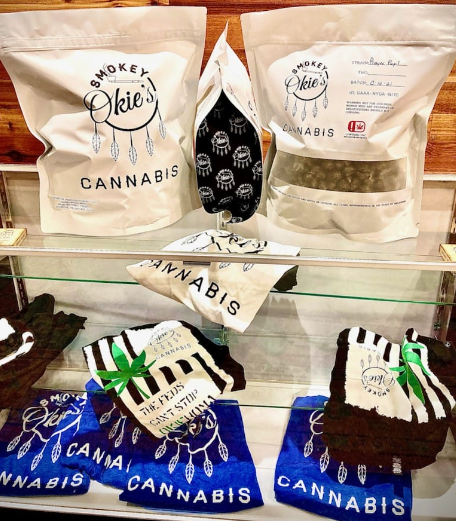Gay safe communities are those where the gay community is comfortable and can feel safe to be themselves. But while this may be true of many places, it is not always true of the same cities. This article addresses the complexities of what makes some cities gay-friendly while others are not. It focuses on a variety of ways in which social, economic, and political factors shape the development of gay safe communities.
Long-timers accounts challenge the presumption that ‘gay-friendliness’ is contingent on displacement GAY SAFE
Lesbians and gay men face a variety of forms of discrimination. However, some people have experienced less stigma and have more openness about their sexual orientation than others.

There are a number of ways to reduce prejudice toward LGBT people. You can start by getting to know some lesbians and/or gays. They can be a source of support and an important step toward ending confusion.
Another way to decrease bias against gays is to make yourself more visible. Heterosexuals can get involved in activities such as promoting non-discrimination policies or working with a lesbian to help them come out.
Coming out is a psychologically beneficial step for many people. It can end confusion and allow them to move through the normal adolescent development process.
Incomers position gentrification as a handmaiden in the production of ‘gay-friendly’ landscapes
The gentrification of an urban district can lead to positive economic and cultural outcomes for residents and communities. In fact, gay neighborhoods often play a significant role in these developments. However, the process has caused the displacement of many sexual minorities. Moreover, the resulting changes in property values have been a cause of concern to the gay community, particularly if the properties are gentrified to a high standard.
Gentrification is a process by which property values are increased through a variety of means. This may include the removal of low income people and displaced affluent families. As a result, the area around the gentrified property is often more desirable than the area surrounding the old neighborhood.
Lesbian couples in Finland and Spain are gay-friendly
Spain and Finland are two countries that are extremely welcoming to lesbian, gay, bisexual and transgender (LGBT) couples. In fact, they are among the most liberal countries in Europe.
Although it’s a small island, Iceland has a long and proud history of supporting the LGBTQ+ community. The country has banned hate speech and discrimination based on sexual orientation, and has steadily advanced LGBT rights.
There are numerous festivals that celebrate the LGBTQ+ community. These include LesGaiCineMad, the international film festival, and Sapmi Pride in Jyvaskyla and Turku.
Despite its small size, Finland has a very visible gay scene. Many clubs, pubs, and cafes cater to the LGBTQ+ community.
Trump’s supporters are visible, vocal, and increasingly aggressive in their anti-LGBT sentiment
In recent years, LGBT migration has become a hot topic in the United States. This is the result of violence against gay, bisexual and transgender people in their native countries. However, these migrants have received little to no protection under US law. It is important for the US government to protect these immigrants from discrimination, as they are fleeing the threat of violence.
A new report from Human Rights Watch shows that the Trump administration’s policies are threatening to endanger LGBT asylum seekers. The organization interviewed LGBT asylum seekers in Mexico and the United States. Several of them described a complex web of discrimination. Other individuals told stories of physical safety threats.
Brixton’s socially tectonic conceptualization of homophobia
The recent regeneration of Brixton has generated a lot of media attention. It is now a site of gentrification, but it has also been home to a significant number of LGBTQ people. In this article, I explore how the residents of this London neighbourhood define ‘gay-friendly’ and how this definition affects their lived experiences.
I use interviews with 19 LGBTQ Brixton residents to explore how they see the neighbourhood as a ‘gay-friendly’ or ‘gay-unfriendly’ place. These accounts offer a critical lens on the way that local places are framed through cultural maps. Moreover, their accounts challenge the presumption that ‘gay-friendliness’ is a precarious and contested space.
Whiteness is an unmarked category
During the last century, whiteness studies have been studied extensively in relation to gender, class, and sexuality. However, there has been a significant amount of criticism of the study’s lack of attention to structural racism and white privilege. This article explores the whiteness of fandom in order to understand the ways that whiteness is constructed and maintained in fandom.
Fandom is a social enactment of a normative whiteness that constructs fans as a sexually appropriate and insufficient whiteness. Fans are portrayed as violating this construction. It is also a representational practice that serves to further reinforce the notion of gay men as white.